Have you ever seen a fish that looks like a living flame? The Phoenix Rasbora is a tiny wonder that lights up aquariums with its fiery colors. Let’s dive into the world of this fascinating little fish!
Table of Contents
Did you know that Phoenix Rasboras are so small, they could easily swim through a wedding ring? These tiny fish only grow up to about 0.8 inches long! Despite their size, they have big personalities and are always on the move.
In the wild, these fish live in slow-moving streams and peat swamps in Indonesia. They like to hang out in the middle of the water, darting around plants and exploring their surroundings. Phoenix Rasboras are peaceful fish that love to swim in groups.
The scientific name of this fish is Boraras merah. “Boraras” is the genus name for several small rasbora species. “Merah” means “red” in Indonesian, which fits this fish’s bright color perfectly!
In pet stores, you might see Phoenix Rasboras called by other names too. Some people call them Dwarf Rasboras or Red Rasboras because of their size and color.
These little fish are not picky eaters! They enjoy small foods like tiny worms, water fleas, and crushed fish flakes. In an aquarium, they need clean water and lots of plants to feel at home.
Phoenix Rasboras belong to the Cyprinidae family, which includes other popular fish like goldfish and barbs. They’re related to other small rasboras, but their bright red color makes them stand out.
What makes Phoenix Rasboras so interesting? It’s not just their pretty colors – it’s their big personality in a tiny package! They’re active, curious, and fun to watch. Plus, their small size makes them perfect for small aquariums.
These fish like warm water between 73-82°F. They prefer soft, slightly acidic water. In a good home, Phoenix Rasboras can live for about 5 years.
Scientists are still learning about these fish. A study in 2008 helped sort out the different types of tiny rasboras, including our Phoenix friend. Researchers look at things like body shape and color patterns to tell them apart.
Phoenix Rasboras were first described by scientists in 1993. Since then, they’ve become popular in the aquarium hobby because of their beautiful colors and easy care.
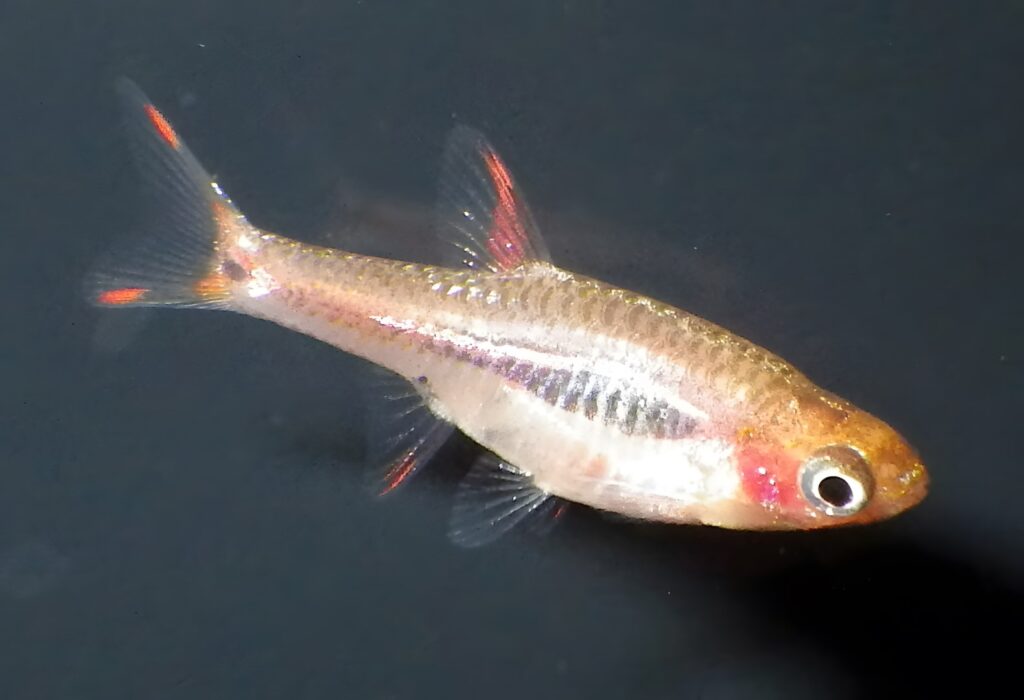
Phoenix Rasbora Key Information
The Phoenix Rasbora is a stunning little fish that catches the eye with its vibrant coloration. These tiny jewels boast a bright red-orange body that seems to glow, especially when the light hits them just right. Their fins are often clear or have a slight reddish tint, adding to their fiery appearance. Some individuals may display darker patches along their sides, creating an interesting contrast. Their eyes are striking, with a golden or reddish hue that complements their overall coloration. This eye-catching appearance is what makes them a favorite among aquarium enthusiasts.
| Family | Cyprinidae |
| Origin | Indonesia (Sumatra and Borneo) |
| Price | $3 to $5 per fish |
| Common Names | Dwarf Rasbora, Red Rasbora, Mosquito Rasbora |
| Variants | None known |
| Ideal Tank Size | 10 gallons or larger |
| Water Parameters | Temperature 73-82°F, pH 6.0-7.0, Soft water |
| Lifespan | 5-8 years |
| Full Size | Up to 0.8 inches |
| Natural Environment | Slow-moving streams and peat swamps |
| Behavior | Peaceful, active, schooling |
| Habitat Preference | Middle to upper water levels |
| Aquarium Decoration | Dense plants, driftwood, leaf litter |
| Ideal Tank Mates | Other small, peaceful fish and shrimp |
| Fish to Avoid | Large or aggressive species |
| Best Foods/Diet | Small live foods, frozen foods, high-quality flakes |
| Disease | Susceptible to common freshwater fish diseases |
| Sex-switch | No known sex-switching |
| Gender Differences | Females slightly larger and rounder |
| Care Level | Easy to moderate |
| Breeding Level | Moderate to difficult |
Ideal Tank Mates for Phoenix Rasbora
When selecting tank mates for the Phoenix Rasbora, it’s essential to choose fish that share similar water requirements and have peaceful temperaments. Ideal companions should be small in size to avoid intimidating these tiny rasboras. Fish that occupy different levels of the aquarium can create a more dynamic and interesting tank environment. Here are 10 ideal tank mates for the Phoenix Rasbora, each with unique characteristics that make them compatible:
Neon Tetra
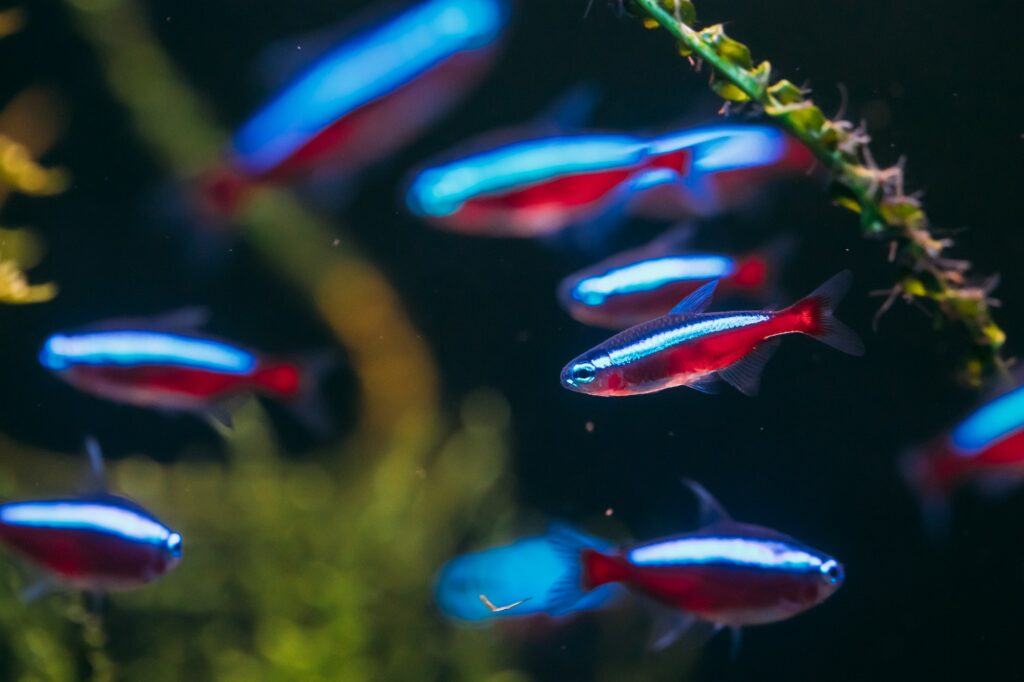
Neon Tetras are a classic choice for community tanks. Their vibrant blue and red coloration complements the Phoenix Rasbora’s fiery hues, creating a visually stunning display. These fish share similar preferences for soft, slightly acidic water and are equally peaceful. Neon Tetras school in the middle water column, providing a lively and active environment that encourages Phoenix Rasboras to feel secure and display natural behaviors.
| Common/Market Names | Neon Tetra |
| Price Range | $2-$4 |
| Care Level | Easy |
| Behavior | Peaceful, Schooling |
| Life Span | 5-8 years |
| Max Size | 1.5 inches |
Pygmy Corydoras
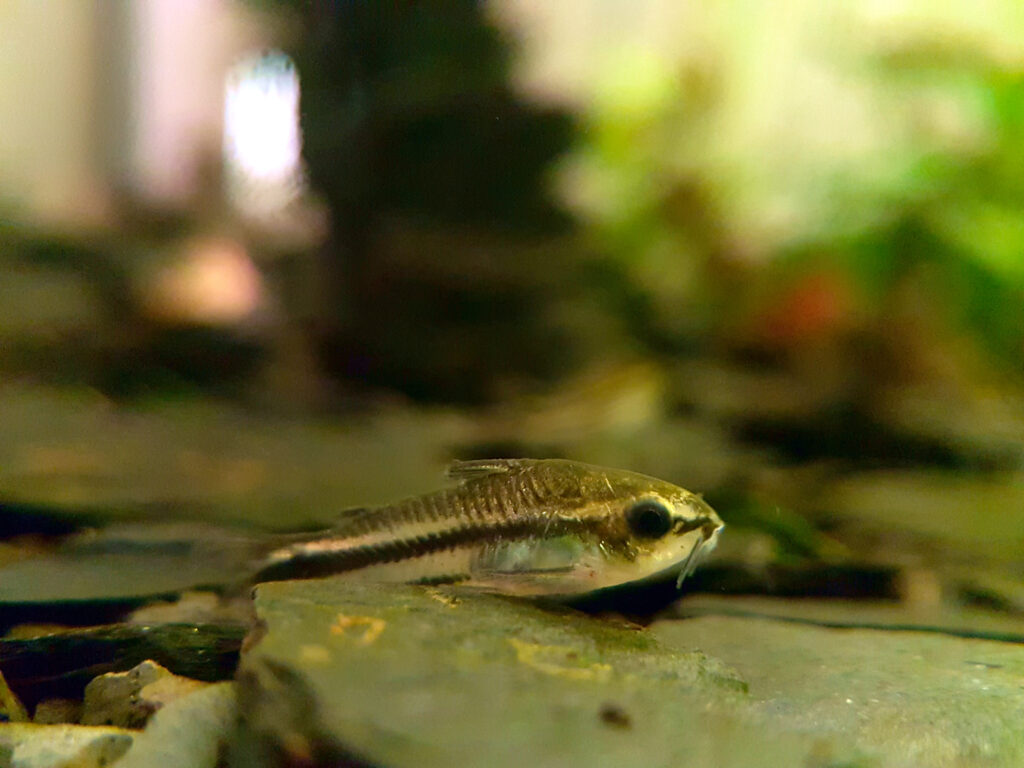
These tiny bottom-dwellers are perfect companions for Phoenix Rasboras. They occupy a different level of the tank, helping to clean up any food that falls to the substrate. Their gentle nature and small size make them non-threatening to the rasboras. Pygmy Corydoras add interest to the lower levels of the aquarium, creating a more complete ecosystem feel.
| Common/Market Names | Pygmy Corydoras |
| Price Range | $3-$6 |
| Care Level | Easy |
| Behavior | Peaceful, Social |
| Life Span | 3-5 years |
| Max Size | 1 inch |
Celestial Pearl Danio
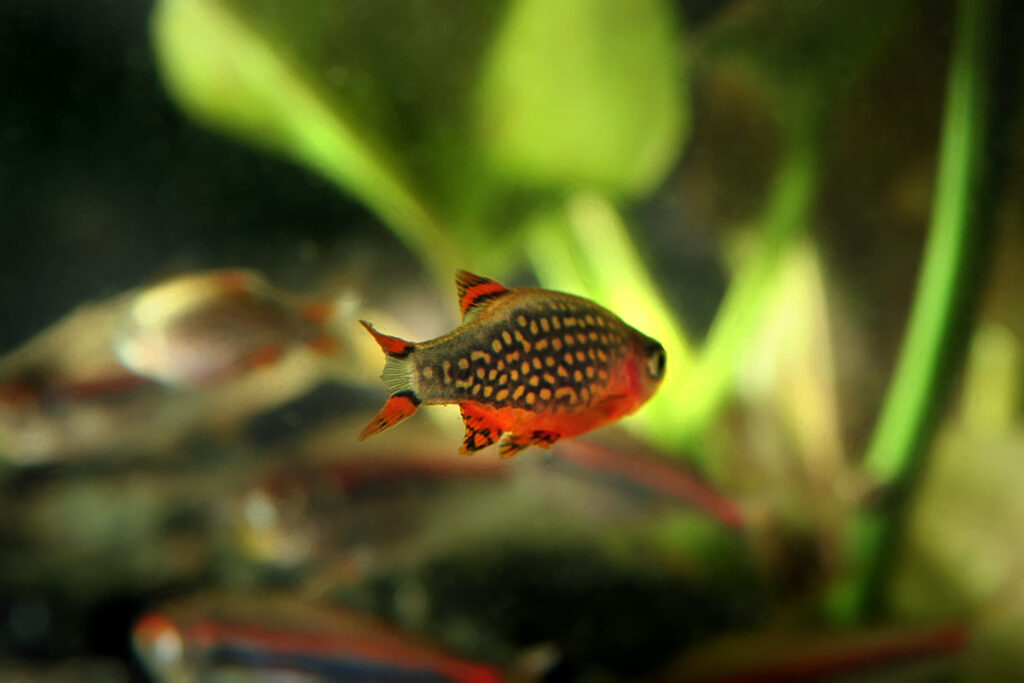
Also known as Galaxy Rasboras, these fish share a similar size and peaceful temperament with Phoenix Rasboras. Their starry pattern provides a beautiful contrast to the solid coloration of the Phoenix Rasbora. Celestial Pearl Danios prefer the same water conditions and add a unique, galaxy-like appearance to the tank, making the aquarium more visually appealing.
| Common/Market Names | Celestial Pearl Danio, Galaxy Rasbora |
| Price Range | $5-$8 |
| Care Level | Moderate |
| Behavior | Peaceful, Shy |
| Life Span | 3-5 years |
| Max Size | 1 inch |
Ember Tetra
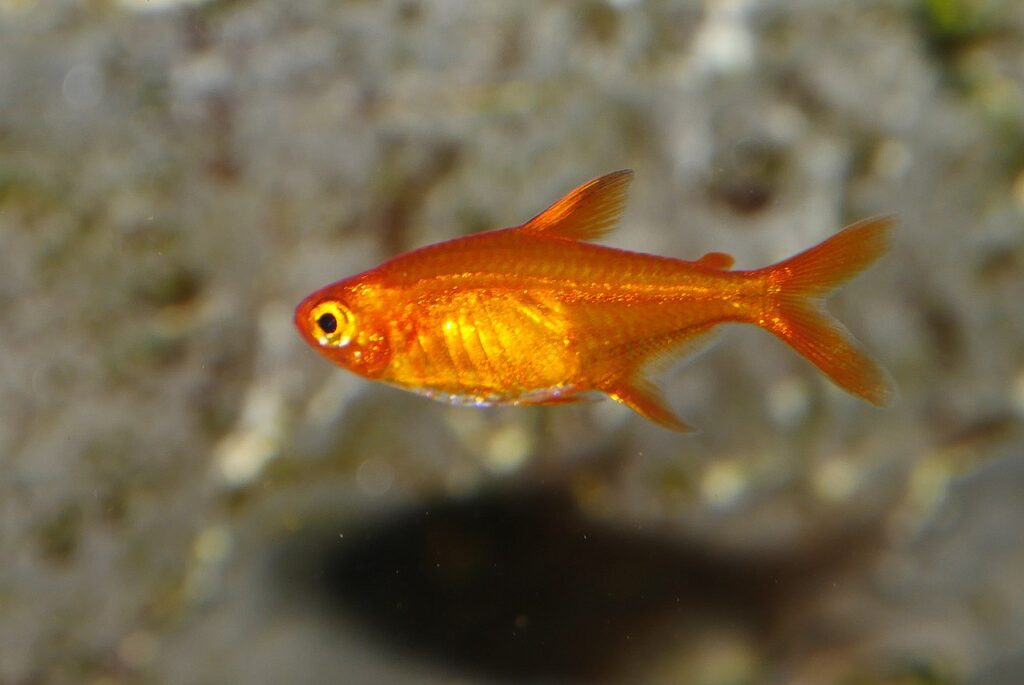
These tiny tetras have a warm, orange-red coloration that beautifully complements the Phoenix Rasbora. They are equally peaceful and prefer similar water conditions, making them ideal tank mates. Ember Tetras tend to occupy the middle to upper parts of the tank, creating a cohesive look with the Phoenix Rasboras while adding to the overall activity level.
| Common/Market Names | Ember Tetra |
| Price Range | $3-$5 |
| Care Level | Easy |
| Behavior | Peaceful, Active |
| Life Span | 2-4 years |
| Max Size | 0.8 inches |
Otocinclus Catfish
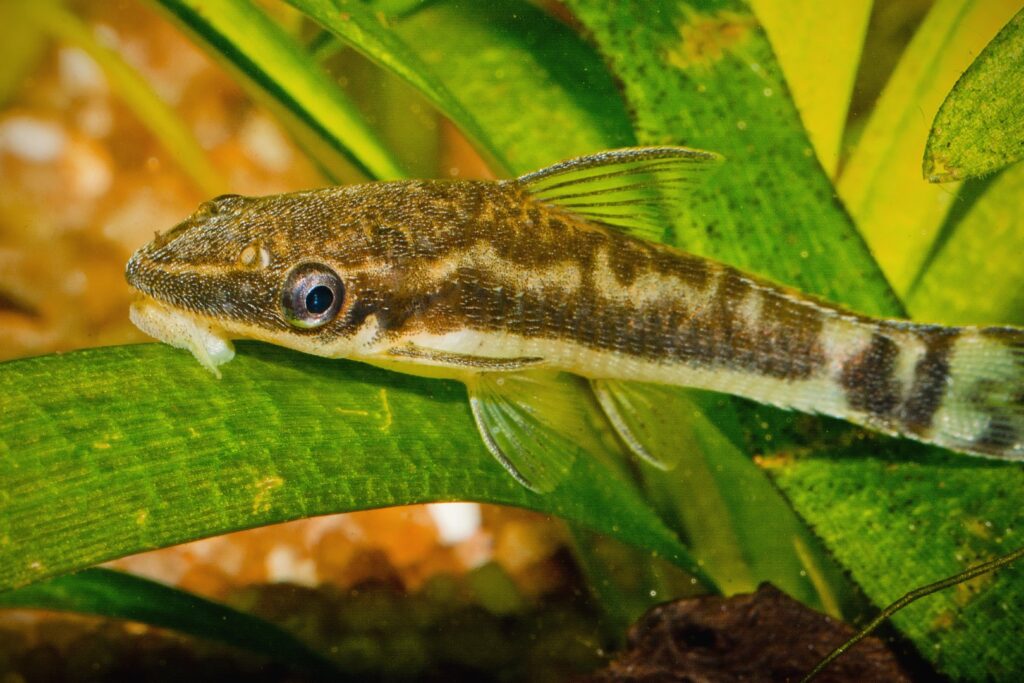
These small, peaceful catfish are excellent algae eaters. They occupy the bottom and sides of the tank, leaving plenty of swimming space for the Phoenix Rasboras in the middle and upper levels. Otocinclus Catfish help maintain tank cleanliness without competing for food or space with the rasboras, making them valuable tank mates.
| Common/Market Names | Otocinclus Catfish, Oto |
| Price Range | $2-$4 |
| Care Level | Moderate |
| Behavior | Peaceful, Shy |
| Life Span | 3-5 years |
| Max Size | 2 inches |
Chili Rasbora
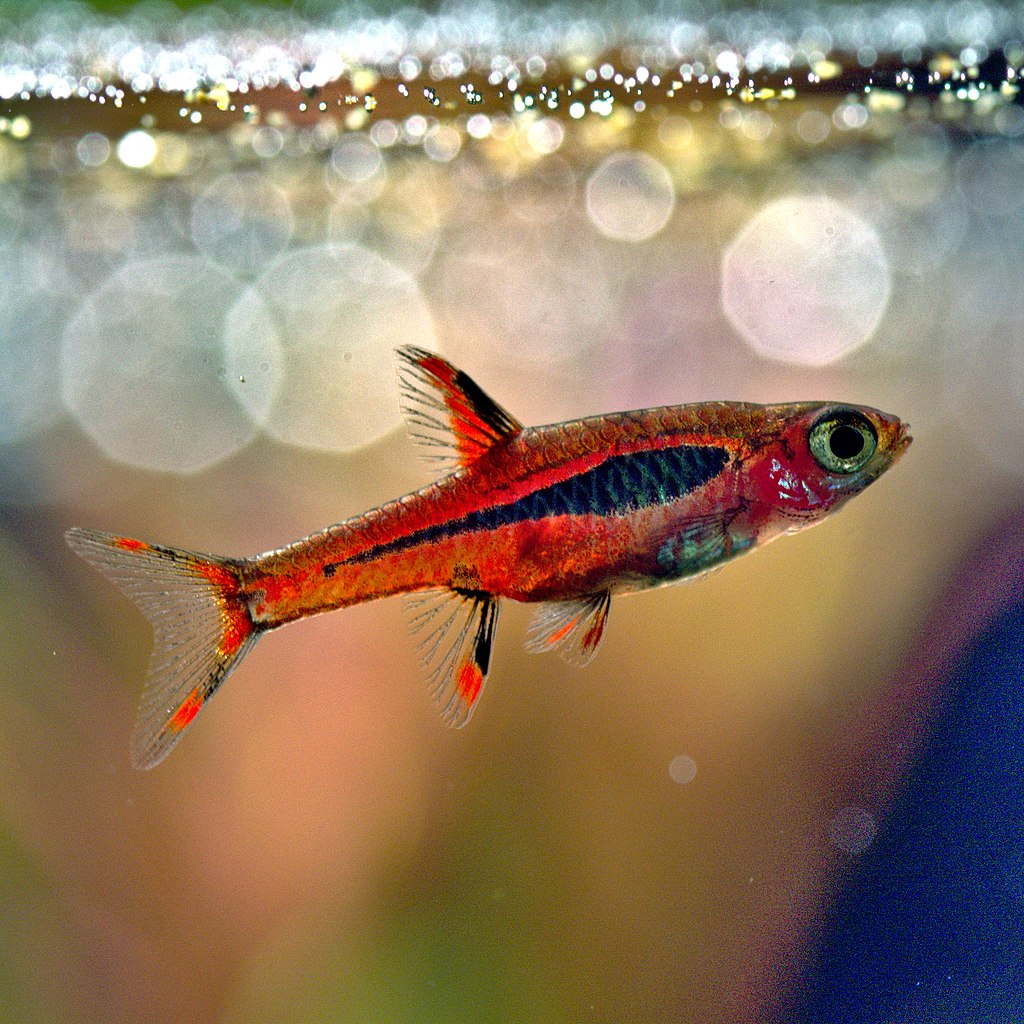
Another tiny rasbora species, Chili Rasboras share very similar care requirements with Phoenix Rasboras. Their bright red coloration creates a cohesive look in the aquarium. Chili Rasboras school tightly, which can encourage Phoenix Rasboras to display more natural behaviors. Their shared preferences make them excellent companions.
| Common/Market Names | Chili Rasbora, Mosquito Rasbora |
| Price Range | $3-$5 |
| Care Level | Moderate |
| Behavior | Peaceful, Schooling |
| Life Span | 4-6 years |
| Max Size | 0.7 inches |
Harlequin Rasbora

Slightly larger than Phoenix Rasboras, Harlequin Rasboras are still small enough to be compatible. Their distinct black triangle pattern provides an interesting visual contrast. Harlequin Rasboras are active swimmers that occupy the middle to upper water column, creating a lively atmosphere that can help Phoenix Rasboras feel more secure.
| Common/Market Names | Harlequin Rasbora |
| Price Range | $2-$4 |
| Care Level | Easy |
| Behavior | Peaceful, Active |
| Life Span | 5-8 years |
| Max Size | 2 inches |
Endler’s Livebearer
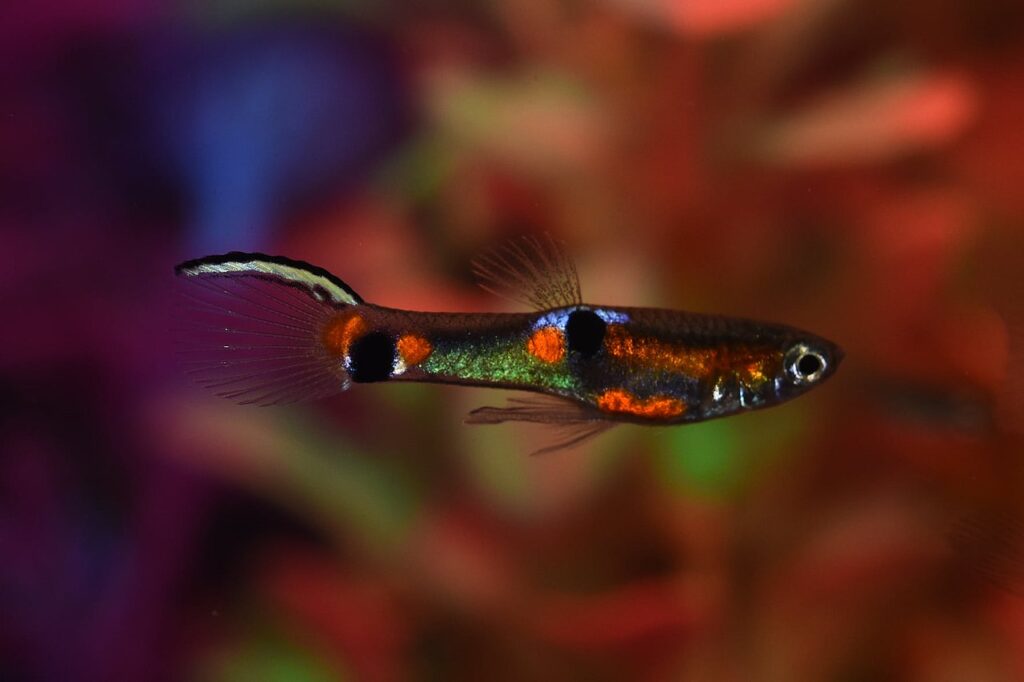
These colorful, lively fish add movement and interest to the upper levels of the tank. Their small size and peaceful nature make them great companions for Phoenix Rasboras. Endler’s Livebearers are known for their vibrant colors and patterns, which can create a beautiful contrast with the Phoenix Rasboras without overwhelming them.
| Common/Market Names | Endler’s Livebearer, Endler’s Guppy |
| Price Range | $3-$6 |
| Care Level | Easy |
| Behavior | Peaceful, Active |
| Life Span | 2-3 years |
| Max Size | 1 inch |
Kuhli Loach
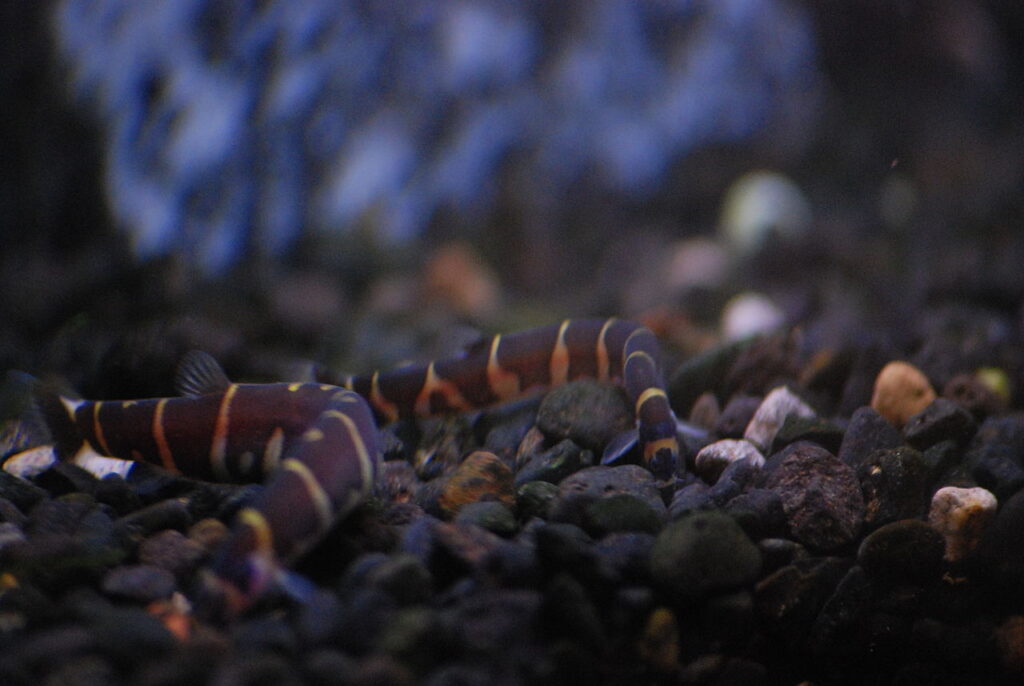
These unique, eel-like bottom dwellers are peaceful and add interest to the lower levels of the tank. Their nocturnal habits mean they won’t compete for space or food during the day. Kuhli Loaches prefer similar water conditions to Phoenix Rasboras and their unusual appearance adds diversity to the tank’s inhabitants.
| Common/Market Names | Kuhli Loach, Coolie Loach |
| Price Range | $3-$6 |
| Care Level | Easy |
| Behavior | Peaceful, Shy |
| Life Span | 10-14 years |
| Max Size | 4 inches |
Sparkling Gourami
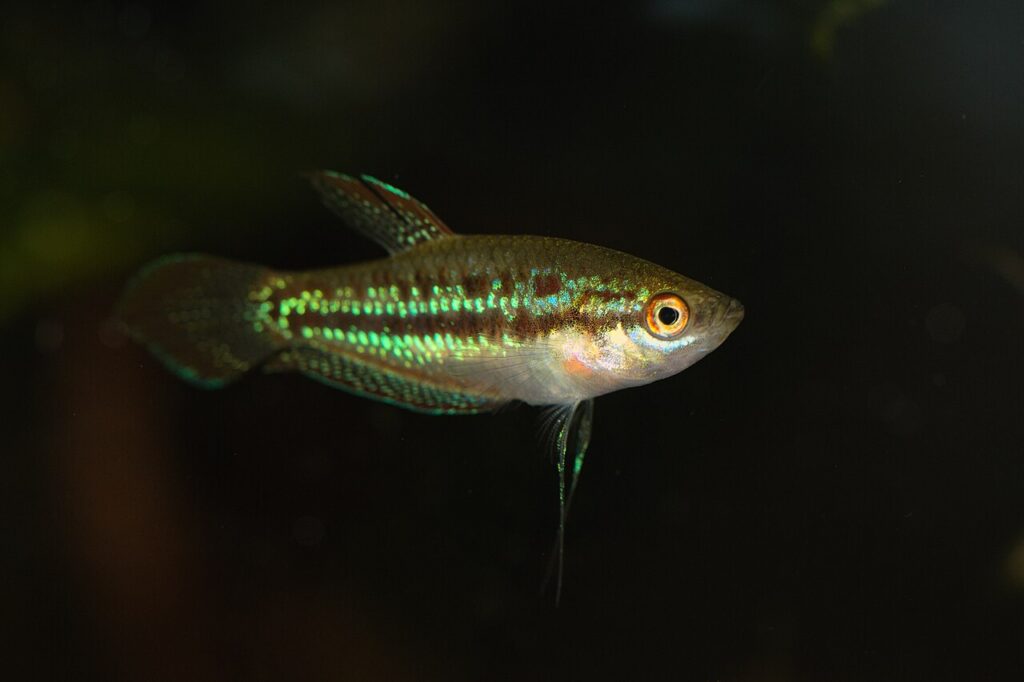
These tiny gouramis are known for their peaceful nature and interesting behavior. They occupy the upper levels of the tank and can coexist harmoniously with Phoenix Rasboras. Sparkling Gouramis add a unique element to the tank with their labyrinth organ, allowing them to breathe air from the surface, which can be fascinating to observe.
| Common/Market Names | Sparkling Gourami, Pygmy Gourami |
| Price Range | $4-$7 |
| Care Level | Moderate |
| Behavior | Peaceful, Curious |
| Life Span | 4-5 years |
| Max Size | 1.5 inches |
FAQs about Phoenix Rasbora
How often should I feed my Phoenix Rasboras?
Feed your Phoenix Rasboras small amounts 2-3 times daily. Only offer what they can consume within 2-3 minutes to avoid overfeeding and water pollution.
Can Phoenix Rasboras live in a planted aquarium?
Yes, Phoenix Rasboras thrive in planted aquariums. Live plants provide hiding spots, mimic their natural habitat, and help maintain water quality.
Do Phoenix Rasboras jump out of the aquarium?
While not known as frequent jumpers, it’s still advisable to keep a lid on your aquarium. This prevents accidental jumping and maintains consistent water temperature and humidity.
How many Phoenix Rasboras should be kept together?
Keep at least 6-8 Phoenix Rasboras together. They are schooling fish and feel more secure in larger groups, which encourages natural behaviors.
Can Phoenix Rasboras change color?
Phoenix Rasboras may appear paler when stressed or sick. Providing optimal conditions and a proper diet helps maintain their vibrant coloration.
Are Phoenix Rasboras fin nippers?
No, Phoenix Rasboras are not known to be fin nippers. They are peaceful fish that get along well with other small, non-aggressive species.
How can I tell if my Phoenix Rasboras are healthy?
Healthy Phoenix Rasboras are active, have bright colors, eat well, and show no signs of physical damage or odd behavior. They should also breathe normally and interact with their school.
Can Phoenix Rasboras live in outdoor ponds?
Phoenix Rasboras are best suited for indoor aquariums. They require stable, tropical temperatures and controlled conditions that are difficult to maintain in outdoor settings.
Do Phoenix Rasboras need a heater in their tank?
Yes, as tropical fish, Phoenix Rasboras require a consistent temperature between 73-82°F (23-28°C). A reliable aquarium heater is essential for maintaining this range.
How do I acclimate Phoenix Rasboras to a new tank?
Slowly acclimate Phoenix Rasboras by floating the bag in the new tank for 15-20 minutes. Gradually add small amounts of tank water to the bag over 30-45 minutes before gently releasing the fish.
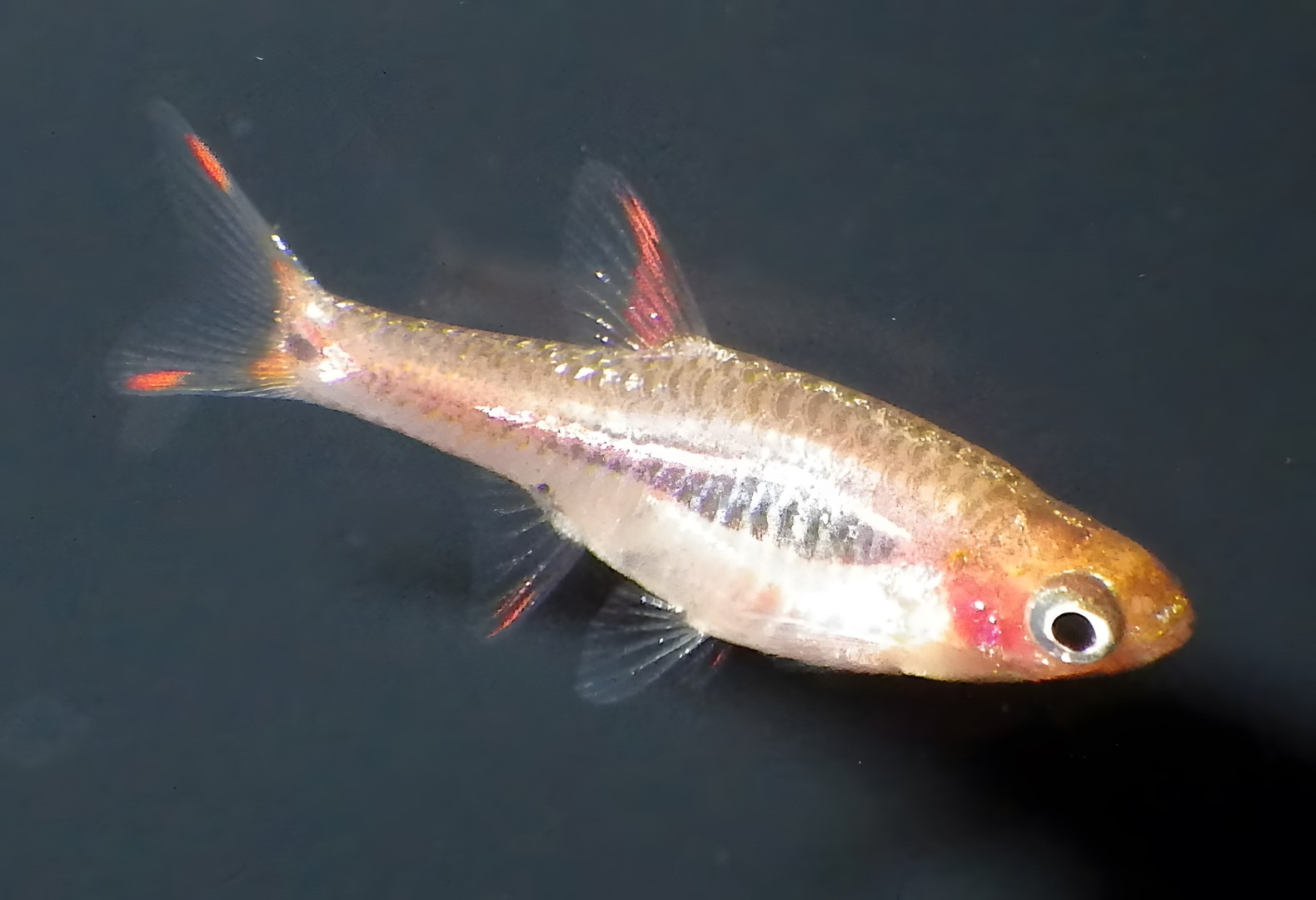
Leave a Reply